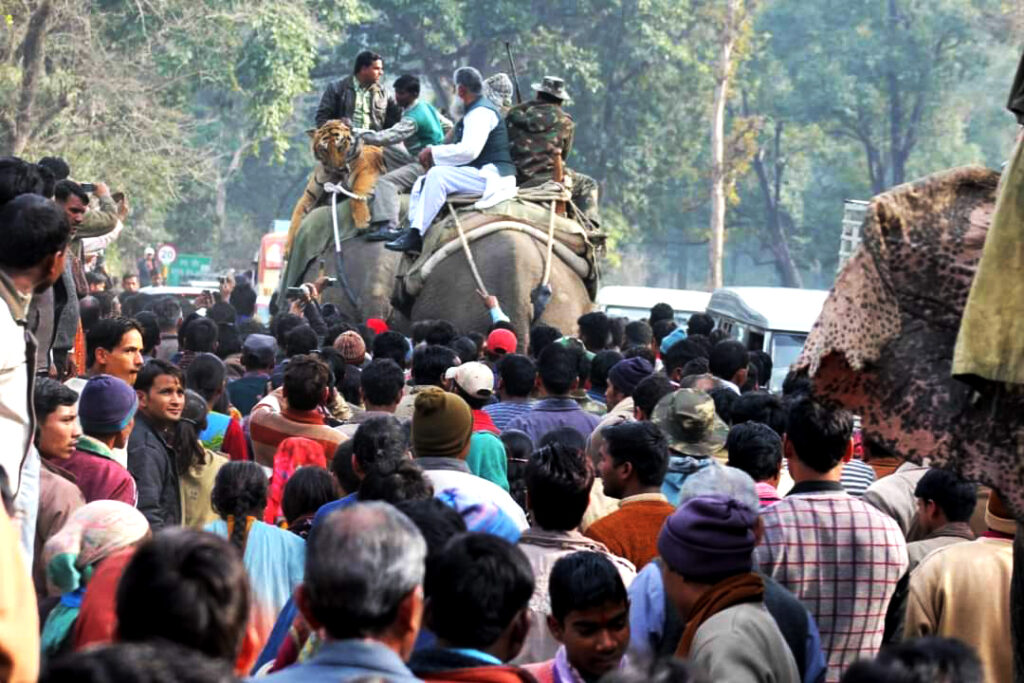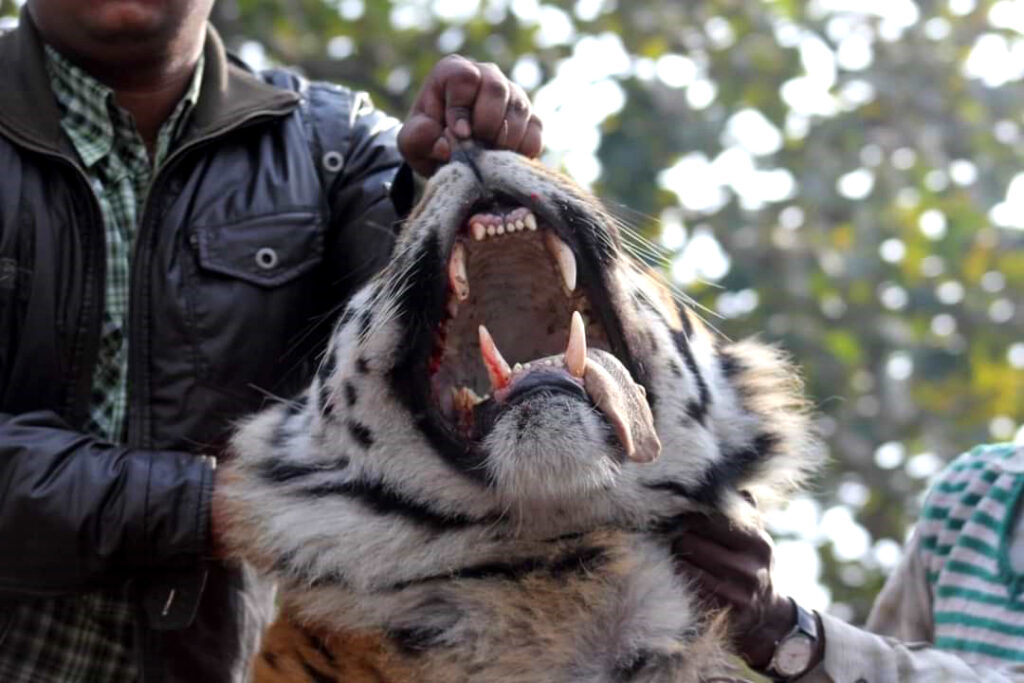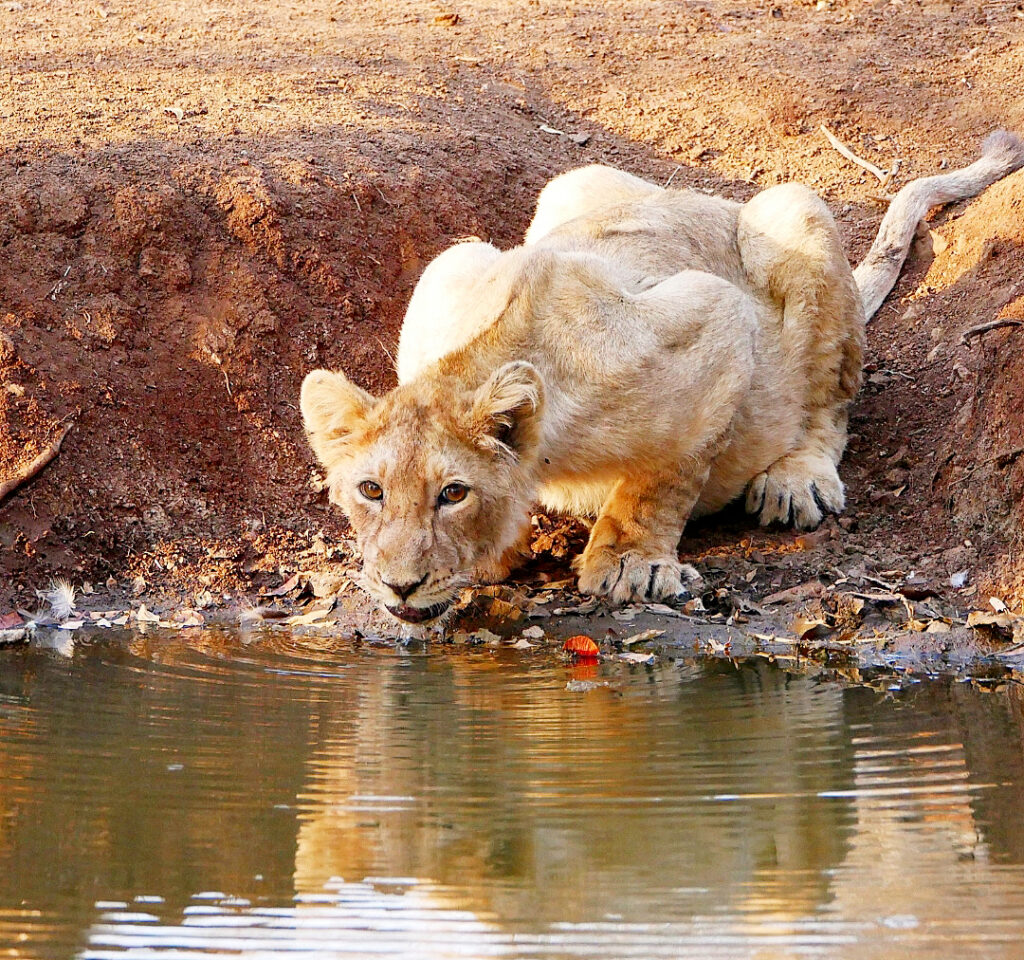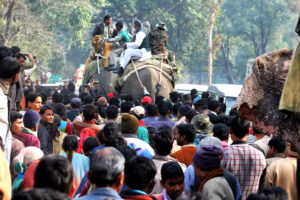The Wildlife YouTuber!


Dhruv Sharma captures his love for wildlife in his YouTube channel onemileatatime, he vlogs and interviews people who love and care for the wildlife. He covers all Tiger reserve forests and covers some incredible stories. He has some 38.6 k followers who track his wildlife stories, he’s shot some 264 videos for his YouTube channel. In this personal account, he tells Wildlife Today what inspired him to do some inspirational work

By Sudhir J Kumar
Story: My first connection with Mother Nature was established at the age of four when my parents took me to India’s first national park, “Jim Corbett National Park.” Born and brought up in Delhi, it has always been convenient for me to reach the park whenever I felt like visiting. During my toddler days, I was pampered by my grandfather, who would bring me wildlife films. Those were the days before desktops, laptops, iPads, and YouTube! I have some visuals in mind regarding my first trip to Jim Corbett. Sitting with my parents on an elephant, we ventured into the park’s Dhikala zone in search of tigers. I think my love affair with the tiger started with this trip.
As time passed, my interest in wildlife grew. Trips to the park during summer vacations became mandatory. My family always wanted to try new places for holidays, but I had only one place in mind: Jim Corbett. During my school days, I was inspired by Steve Irwin, the Crocodile Hunter. His shows made me understand the importance of conserving wildlife. This kicked off a new journey with National Geographic, Discovery, and Animal Planet. Shows like Dangerous Encounters with Dr. Brady Barr and Going Wild with Jeff Corwin fuelled my craze for wildlife.

Finally, school was over, and it was time for college. This era turned me into a wildlife enthusiast. Until this time, I had never seen a tiger in the wild. In 2007, during my first year of college, my friends and I planned a trip. I was fixed on Jim Corbett. Although my friends doubted we’d see tigers, I convinced them, and we went. We didn’t see tigers on our first trip, but my friends were mesmerised by the park’s beauty. We made a pact to visit every year, even after college.
Our second trip to Jim Corbett was in 2008. We started our safari in the Bijrani zone and stayed for two nights at the FRH inside the park. Again, we didn’t see a single tiger. Our next hope was the Dhikala safari. Entering from Dhangarhi Gate, we reached Gairal FRH, dumped our bags, and left for an afternoon safari. At the Kamarpata and Ram Singh Road junction, we saw our first wild tiger, a beautiful male hiding under a big Sal tree.
Seeing a tiger in its natural habitat was something I always dreamed of. As we didn’t see tigers on our previous safaris, our gypsy driver told us to pray to Mata Rani so she would show us her “Vahan.” Our prayers were answered with a beautiful darshan of the tiger.

We came back to campus full of excitement for our morning safari. At 5.30 am, we headed straight toward Dhikala. At the machan on Sambar Road, we saw a huge, majestic tiger sitting in the water of the Ramganga River. We watched with binoculars as the tiger, a dominant male, walked toward the road. We reached the spot just in time to see the king emerge, dripping from his summer coat, a massive, six-year-old tiger in his prime.
Until 2010, we visited the park yearly, but eventually, we had to go our separate ways. Ashish and Hardeep left for London for business management, and I ventured into event management. I always made it a point to visit Corbett once every two months. In 2010, while working on the Commonwealth Games in India, I went to my friend Deven’s home in Garjiya. I met Deven in 2007; he is an adventure trip organizer. We kept our excess luggage at his place when going to Dhikala.
On November 9th, I reached Ramnagar. Deven picked me up, and we left for Garjiya. On November 12th, we were at the Kosi River when we heard that a woman was killed and partially eaten by a tiger in compartment 9 of Dhangarhi buffer beat, Eastern Dhulwa, Sarpduli range in Corbett Tiger Reserve (CTR), India, while returning home to Sundarkhal village. This was the Sunderkhal man-eater’s first victim.





We rushed to the spot, where a huge gathering of people from Garjiya, Sundarkhal, and Devichaur villages had assembled. This was my first experience with human-animal conflict. The woman’s body was in pieces, a gruesome sight. The body was taken for postmortem, and Deven and I discussed the incident until sunrise. For many nights, the terrifying visuals haunted me. The villagers and Forest Department considered it a chance encounter, but the terror had just begun.
I returned home the next day. A week later, Deven called to say another woman was killed by the tiger. I was shocked. The Sunderkhal man-eater killed six women and one man, earning the title of “Lady Killer.” After his fourth kill, the tiger was declared a man-eater by forest officials.
Lakhpat Singh Rawat, a famous shikari, was called to shoot this menace from Gairsen. On January 27, 2010, while the tiger was consuming his last human victim, Puran, forest guards spotted him. A furious mob demanded the tiger be shot immediately. Villagers protested by blocking the Dhangarhi gate.
Finally, the tiger was shot after 36 rounds. I was present on that historic day. The tiger’s body was lifted by guards and placed on my friend Sajid’s elephant. NH 121 was blocked by villagers wanting to see the striped terror. Initially, officials thought the tiger was a tigress due to its pugmarks. An autopsy revealed the male tiger had a deformity in his hind paws, making them look like a female’s.
I moved to Mumbai in 2012 but continued visiting the park until 2019. In 2020, I returned to Delhi due to the pandemic. During this time, I started my YouTube channel, “One Mile at a Time,” to pursue my passion for wildlife. My aim was to feature not only wildlife but also people who had experienced conflicts with dangerous creatures.
My first podcast was with Mr. Sanjay Chhimwal, a top naturalist in CTR. The second was with Shri Chandan Ram Ji, Pradhan of Sunderkhal village. The third was with Mr. Daulat Singh Shekhtawat, Deputy Conservator of Forest Ranthambhore Tiger Reserve and a tiger attack survivor.

The podcast that made “One Mile at a Time” famous was with Pandey Ji, a tiger attack victim from Corbett’s Dhikala Zone. I visited Madan Mohan Pandey Ji’s house in Haldwani and recorded his story. Hearing these victims’ experiences was nerve-wracking. Their scars and wounds haven’t healed, and they continue to live with the fear and pain from their attacks.
One day, I decided to narrate stories from my favorite book, “Man-Eaters of Kumaon,” by Jim Corbett. I started with a six-minute story about Pandey Ji, which I uploaded to YouTube. It received 2500 views within two hours, far exceeding my expectations. From then on, I began narrating stories, which performed better than my safari videos.
This is how my journey into the world of wildlife began, and there is still a long way to go.





